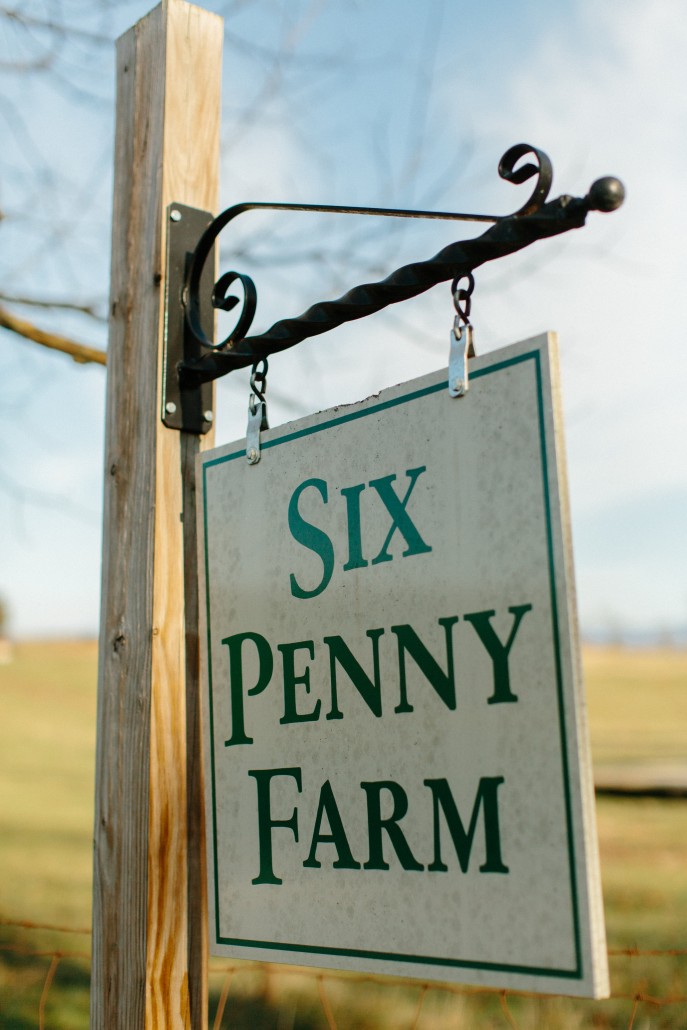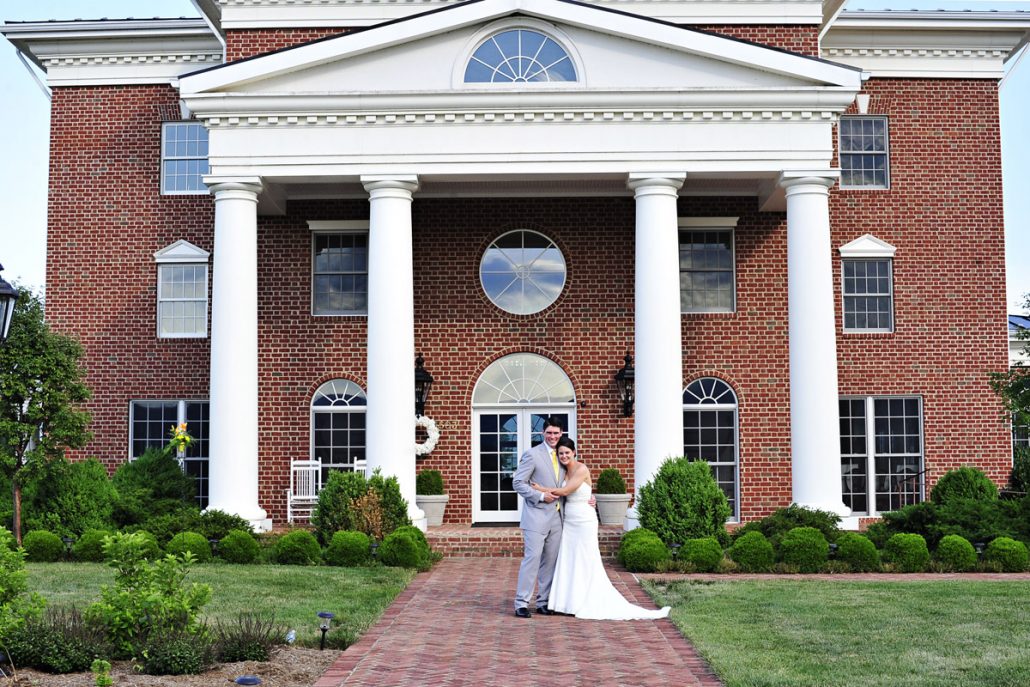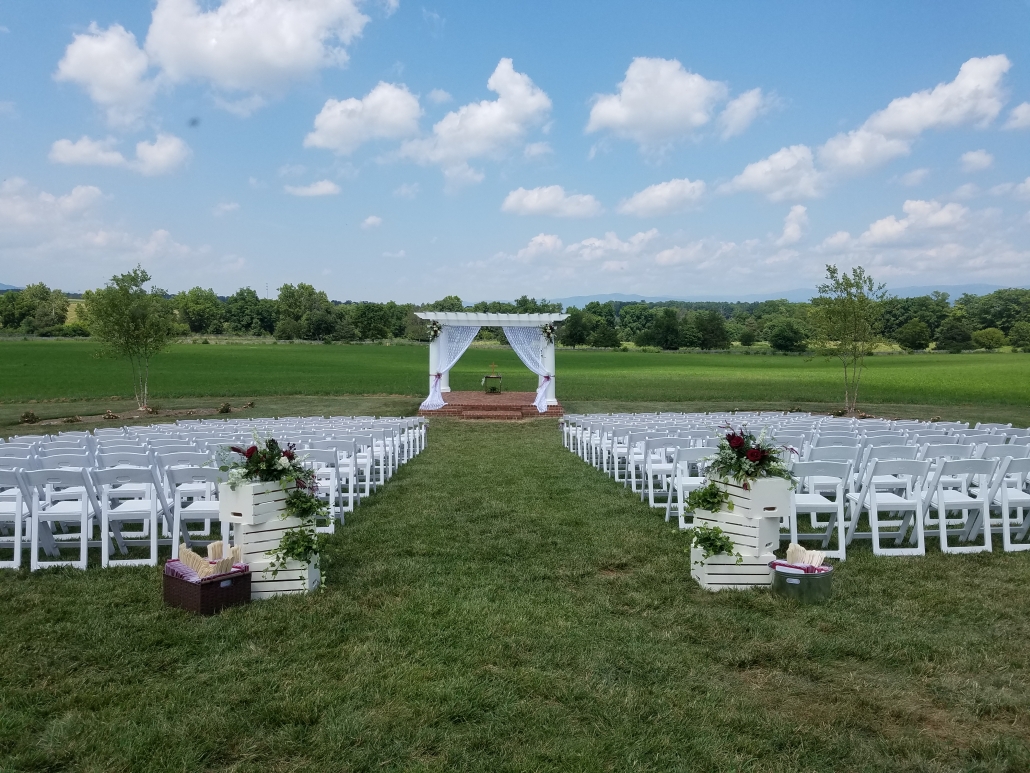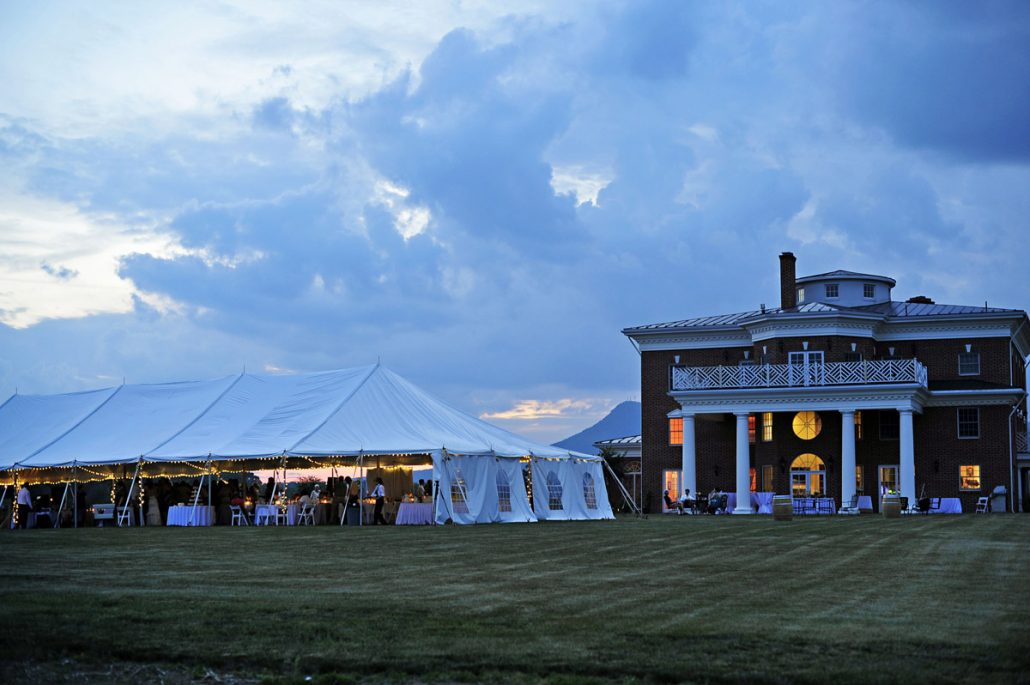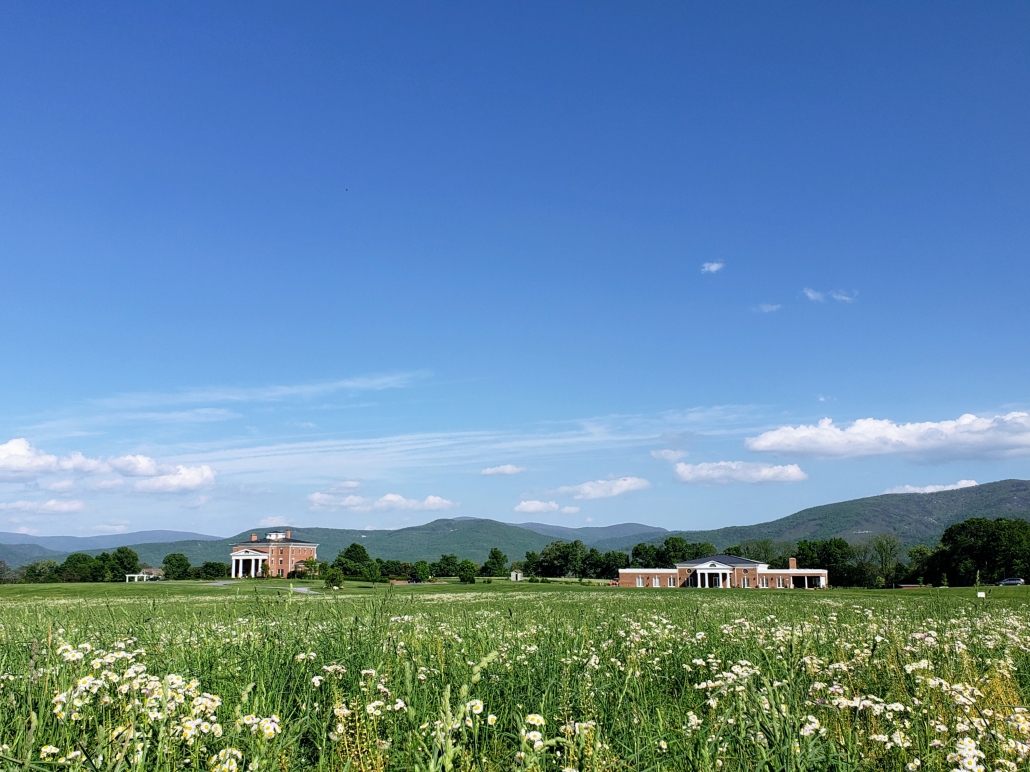I don’t know if you’ve seen my new little brother, but Wyatt has some pretty big paws to grow into and not just physically. As I slow down, I am making sure to teach Wyatt everything I know about grapes, vineyards, wines, and (most importantly) how to walk up and greet each of you as you come to visit us at the vineyard. Don’t worry, Mom, I am not teaching him how to ask for food.
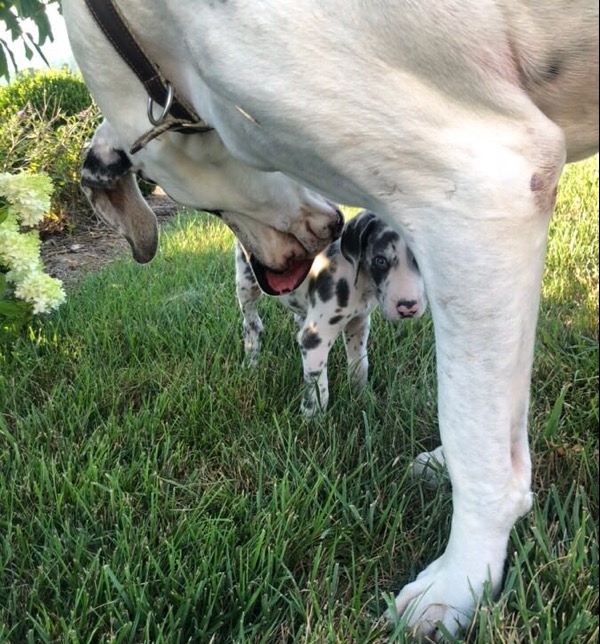
Part of Wyatt’s training has taken us on many walks through the vineyard, and we noticed something really interesting happening this week. Our grapes have reached the veraison phase of the season! This phase is when grapes start changing color and is most visible in red grapes as they turn from their bright green to purple hues. You can also see it happen in the white grapes if you look closely; the color of those change from bright green to a more translucent golden color. Once this happens, the grapes will fully ripen over the course of the next month or two.
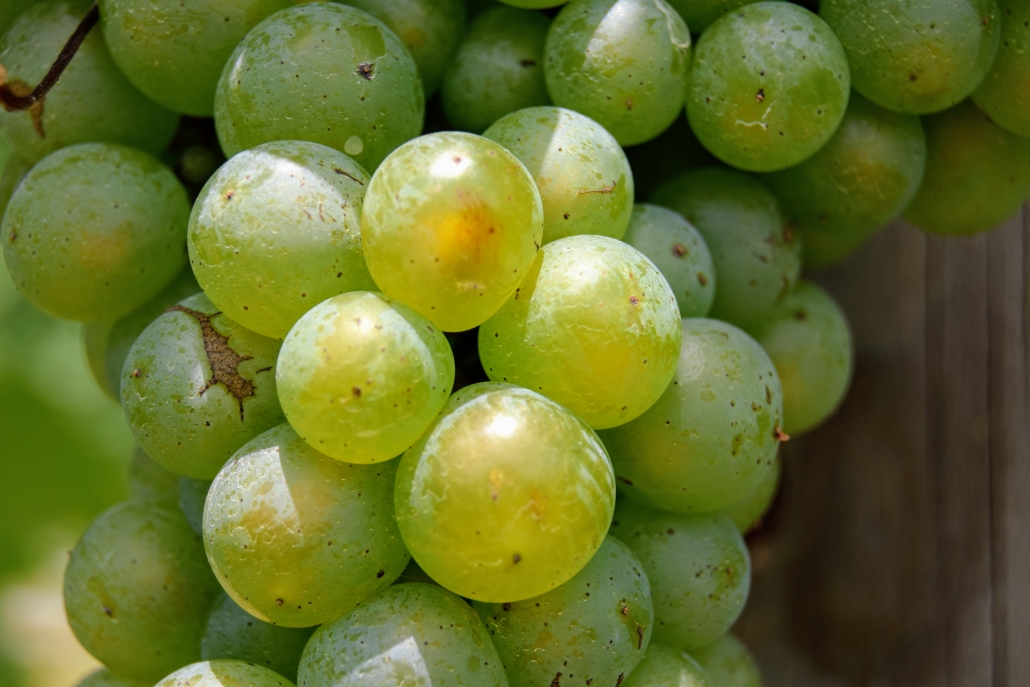
This milestone in the grape’s development occurs when the vines begin to focus on nourishing the grapes with their energy instead of just creating more energy. As a result the grapes double in size, their sugar levels increase, their acidity falls, and the aroma compounds that make wines fruity and complex begin to develop.
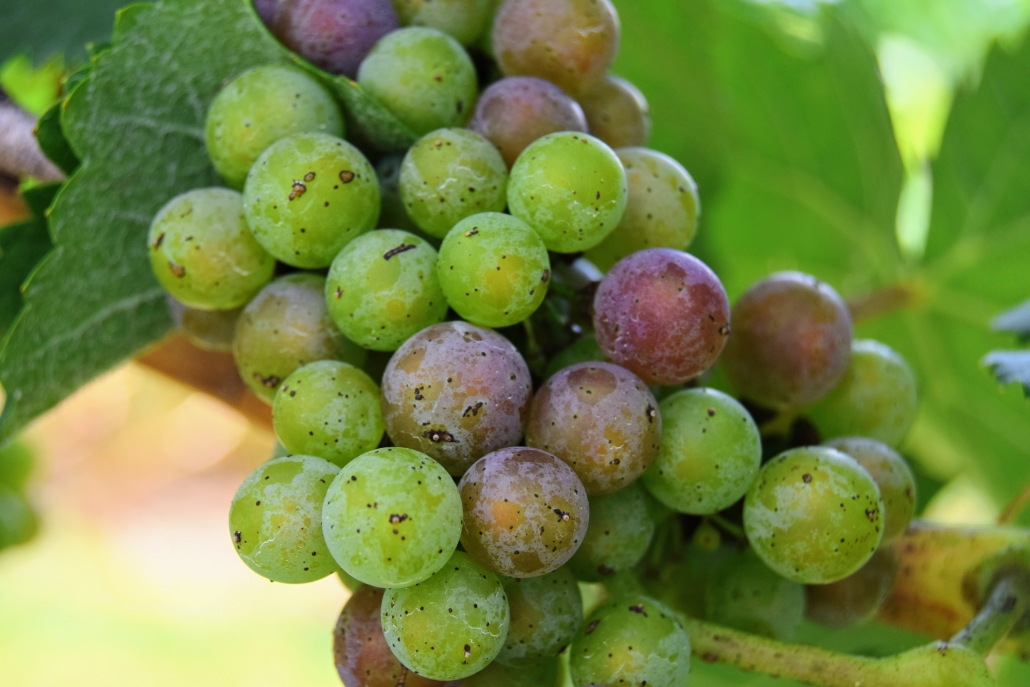
During this time, the grapes also develop polyphenols in their skin. This helps to protect the grapes from environmental elements like the sun and wind. Unfortunately, these polyphenols don’t protect the newly sweet grapes from all of the creatures who want to eat them, and you will see us wrapping our vines in the protective netting in the next few weeks.
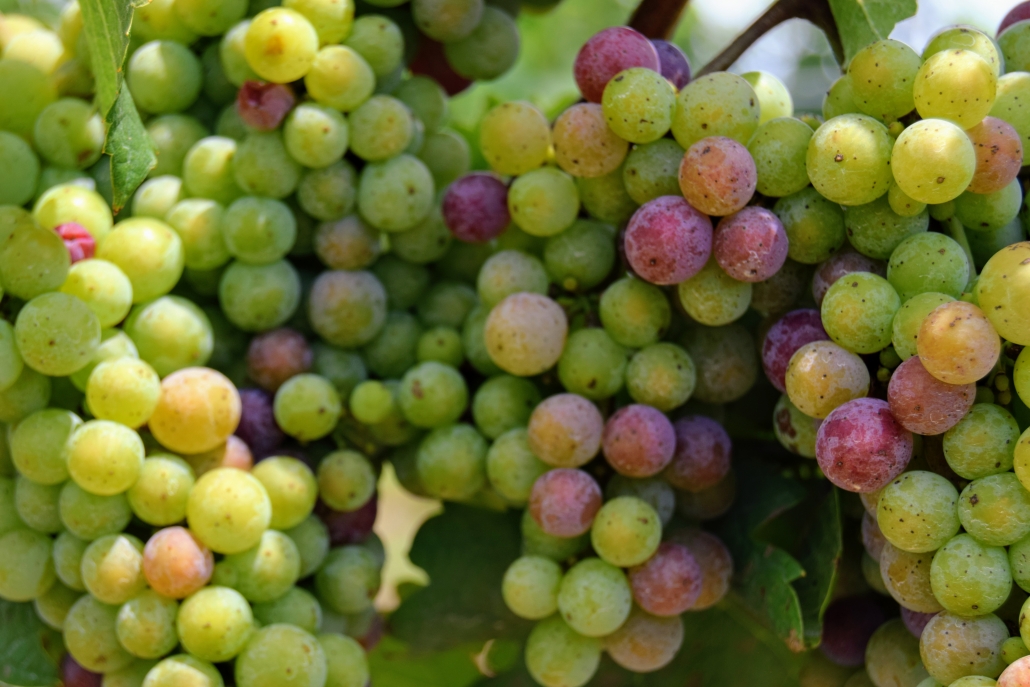
Make sure you take a trip to see the vines before the beautiful colors are covered up, and if you are lucky, you might just see me showing Wyatt the ropes of being a winery dog!

